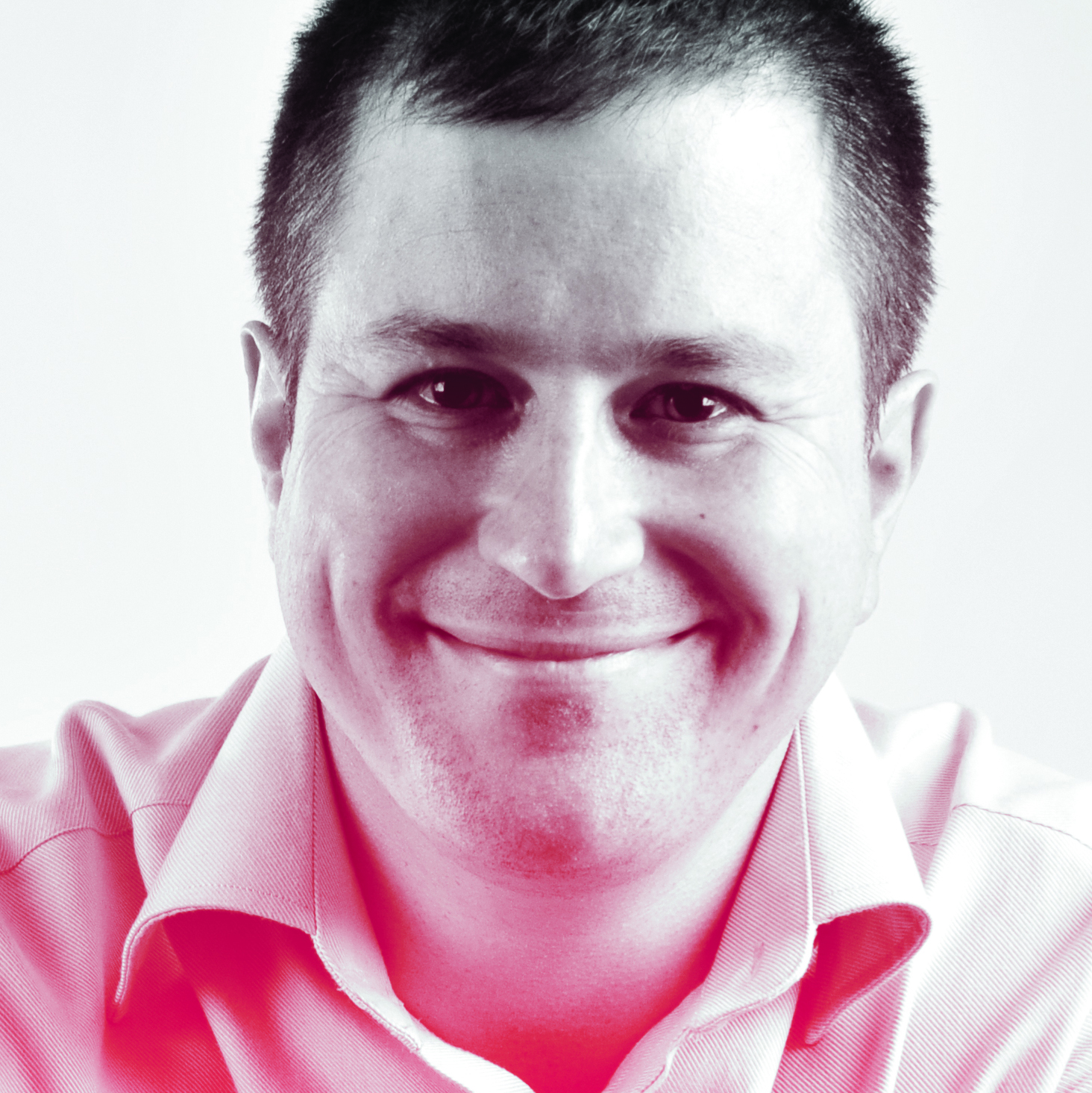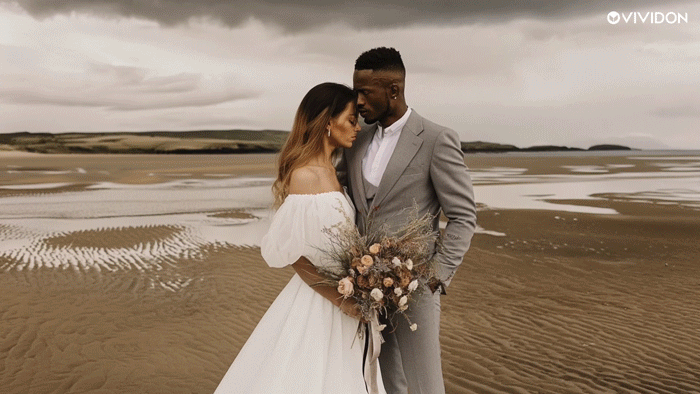
Let me tell you something that'll make you spit out your coffee. The best thing that's ever happened to professional photography might just be AI.
I know; you're probably thinking I've lost my mind. Every forum is drowning in apocalyptic predictions about robots stealing our jobs. Wedding photographers are having panic attacks about AI-generated couple portraits. Commercial shooters are watching clients marvel at ChatGPT's ability to conjure product shots from thin air. The doom-scrolling is real, and it's getting exhausting.
But here's what everyone's missing while they're busy hyperventilating: AI might not be our enemy. It could actually be our ticket to the big leagues.
Champagne strategy
The history of champagne offers a good example. A few hundred years back it was actually considered the poor cousin of still wine. Its bubbles happened by accident, rather than by design, and they were widely seen as an indication that the wine had gone bad.
Then someone brilliant decided to flip the script. Instead of competing on price, they went full luxury. Suddenly, those accidental bubbles became symbols of celebration, success and sophistication.
Today, decent wine is highly affordable, but people still shell out hundreds for champagne. Why? Because people like Dom Pérignon, a French monk born in 1638, understood something fundamental about human psychology: when everyone zigs, you zag.
For photographers in 2025, AI is the still wine. We need to be the champagne.
The best camera deals, reviews, product advice, and unmissable photography news, direct to your inbox!
Stop racing to the bottom
The profession has spent the last decade in a race to the bottom that would make budget airlines jealous. Every Facebook group is full of photographers asking, "What should I charge for a wedding?" and the answers get more depressing each year. We've trained clients to expect digital galleries of 500+ images, unlimited revisions, and prices that barely cover the cost of driving to the church.
Meanwhile, AI comes along and can produce a headshot in thirty seconds for free. Your immediate reaction might be panic, but step back and think about what's really happening here.
AI is about to handle all the bottom-feeder work that was barely profitable anyway. It's doing us a massive favor by eliminating the clients who were never going to value our expertise.
The photographers who survive and thrive won't be the ones desperately trying to undercut AI on price. They'll be the ones who understand that when tech makes something ubiquitous, scarcity becomes more valuable than ever.
Veblen goods
Ever heard of Veblen goods? They're products that become more desirable as they get more expensive. Luxury handbags, high-end cars, premium spirits—the higher the price, the more people want them. It's completely backwards from normal economics, but it's how human psychology actually works.
Photography is rapidly becoming a Veblen good, and most photographers haven't figured this out yet.
When anyone can generate a headshot with AI, hiring a real photographer becomes a statement. It says, "I value craftsmanship over convenience." It says, "I can afford the real thing." It says, "I understand the difference between content and art."
Practical tips
So what does this mean in practical terms? It means everything about how you've been positioning yourself is probably wrong.
First, stop apologizing for your prices. Luxury brands never explain their pricing—they present it with confidence. Your rate isn't something to negotiate; it's the cost of admission to work with you.
Second, embrace scarcity. Luxury thrives on exclusivity. Cap your bookings. Create waiting lists. Make people feel fortunate to work with you; grateful that you'll take their money.
Third, elevate every touchpoint. Your website, your contracts, your delivery process—everything should scream premium. If your client experience feels like a high-street shop, don't expect luxury prices.
Fourth, find your niche and own it completely. The photographers making serious money aren't generalists trying to be everything to everyone. They're specialists who've become the go-to person for something specific and valuable.
Stop competing, start creating
The biggest mistake photographers are making right now is trying to compete with AI on AI's terms. You'll lose that battle every time. Instead, double down on everything that makes human creativity irreplaceable.
Push your artistic vision further. Develop signature styles that are unmistakably yours. Create work that moves people emotionally, not just technically. Build relationships with clients who value what you bring beyond just the final images.
This isn't about surviving AI—it's about using AI as a catalyst to elevate your entire practice. Let AI handle the commodity work while you focus on creating something genuinely valuable and irreplaceable.
The photographers who thrive in the next decade won't be the ones fighting AI for scraps at the bottom of the market. They'll be the ones who recognized that when everyone else went low, it was time to go high.
So stop panicking about AI and start planning your move upmarket. The luxury photography market is about to get a lot less crowded, and there's never been a better time to claim your spot at the top.
Tom May is a freelance writer and editor specializing in art, photography, design and travel. He has been editor of Professional Photography magazine, associate editor at Creative Bloq, and deputy editor at net magazine. He has also worked for a wide range of mainstream titles including The Sun, Radio Times, NME, T3, Heat, Company and Bella.
You must confirm your public display name before commenting
Please logout and then login again, you will then be prompted to enter your display name.

